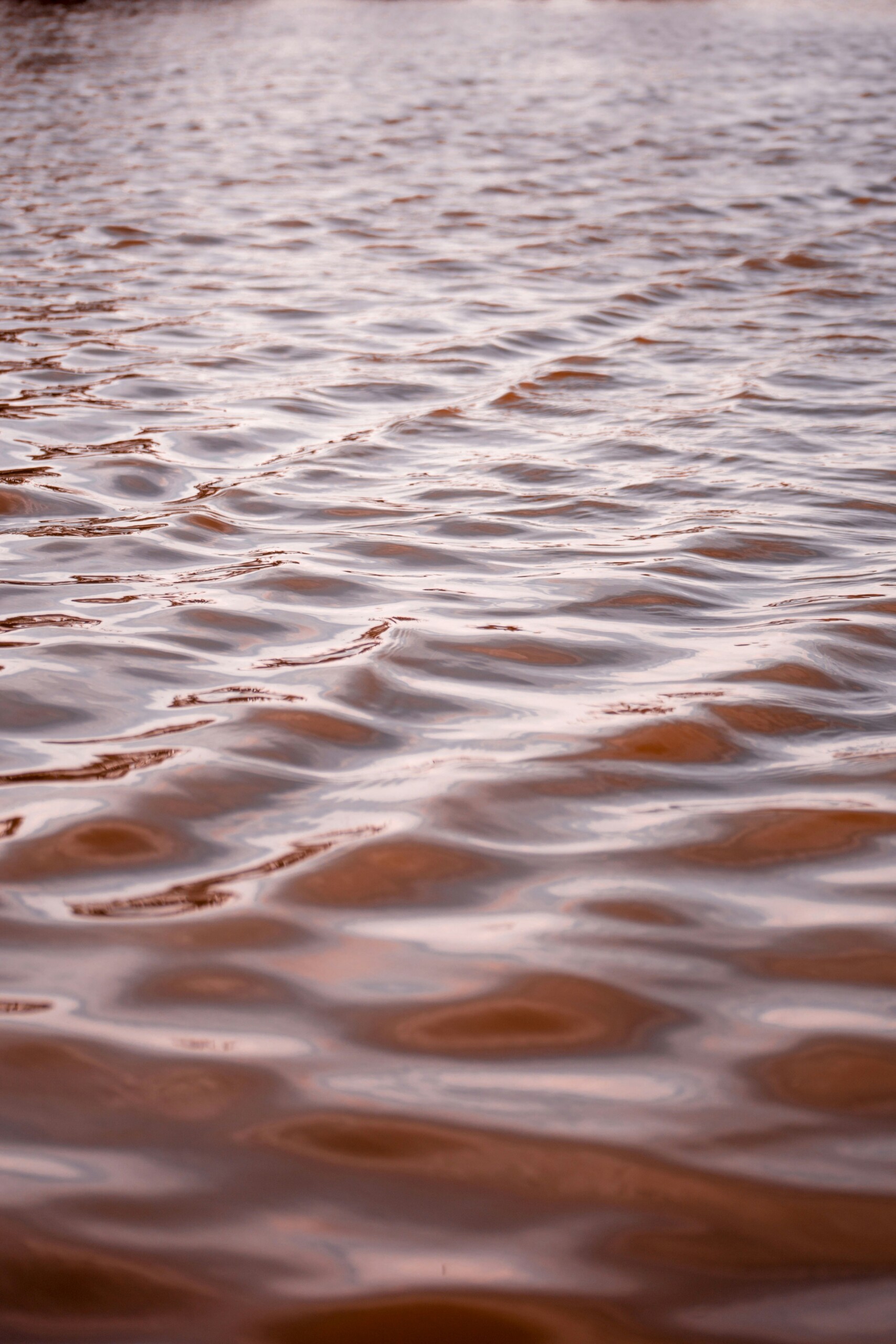Summer in San Diego is synonymous with sunny days, beautiful beaches, and fantastic surfing. This season, however, many surfers and beachgoers have noticed a peculiar and sometimes concerning phenomenon: the red tide. At San Diego Surf School, we believe it’s important to educate our community about the ocean and its changing conditions. Here’s everything you need to know about red tides, why they’re appearing in San Diego this summer, and how it impacts our beloved surfing spots.
What is a Red Tide?
A red tide, also known as harmful algal bloom (HAB), occurs when colonies of algae—simple plants that live in the sea and freshwater—grow out of control. These blooms can produce toxins that are harmful to marine life, humans, and the environment. The name “red tide” comes from the reddish or brownish hue that the water can take on during these events.
Why Are Red Tides Appearing in San Diego?
This summer, San Diego has experienced a series of red tides, which have left many wondering why this is happening. Several factors contribute to the occurrence of red tides, including:
- Nutrient Runoff: Agricultural runoff and urban wastewater can introduce excessive nutrients into the ocean, which algae use to grow.
- Ocean Conditions: Warmer water temperatures, calm seas, and increased sunlight can create optimal conditions for algae to thrive.
- Climate Change: Changing climate patterns can affect ocean currents and temperatures, potentially leading to more frequent or intense algal blooms.
Marine biology experts have been closely monitoring these factors, noting that the combination of warm summer temperatures and nutrient-rich runoff this year has created the perfect storm for red tides in the San Diego area.
The Impact of Red Tides on San Diego Surfing
For those of us at the San Diego Surf School and the broader surfing community, understanding the impact of red tides is crucial. Here are some key points to consider:
- Water Quality: Red tides can degrade water quality, making it less pleasant and potentially harmful for surfers and swimmers. The toxins produced by some algae can cause skin irritation and other health issues.
- Marine Life: Red tides can be deadly for marine life, affecting the delicate balance of our coastal ecosystems. Fish kills and the loss of marine biodiversity can disrupt the ocean environment we cherish.
- Surfing Experience: The visual and olfactory effects of red tides can detract from the usual beauty of San Diego’s waves, making for a less enjoyable surfing experience.
Embracing Responsible Surfing During Red Tides
At San Diego Surf School, we encourage all our students and surfers to stay informed and practice responsible surfing, especially during red tides. Here are a few tips:
- Stay Informed: Check local water quality reports and red tide advisories before heading out to surf.
- Avoid Affected Areas: If you notice discoloration in the water or dead fish on the shore, it’s best to avoid surfing in that area.
- Rinse Off: After surfing, make sure to rinse off with fresh water to remove any potential irritants from your skin.
Red tides are a natural ocean phenomenon that can have significant impacts on our marine environment and surfing conditions. This summer, as we navigate these changes, it’s essential to stay informed and mindful of our interactions with the ocean. At San Diego Surf School, we are committed to promoting ocean awareness and fostering a community of responsible surfers. By understanding red tides and their causes, we can better appreciate the complex and dynamic nature of our beloved San Diego coastline.






